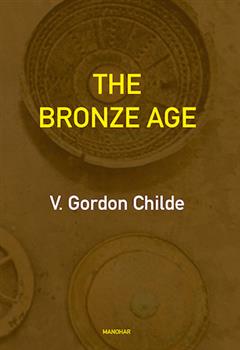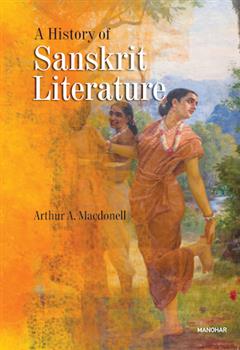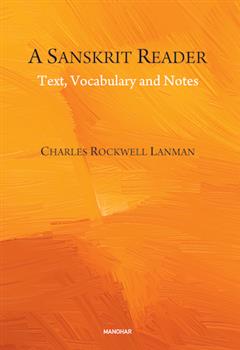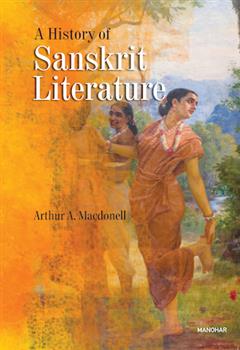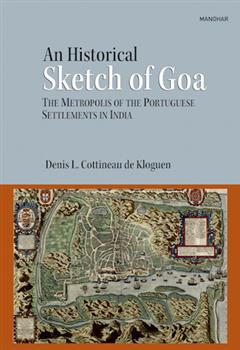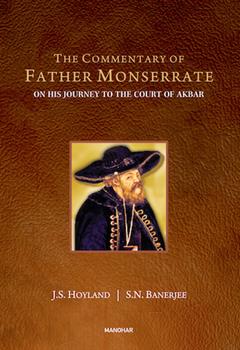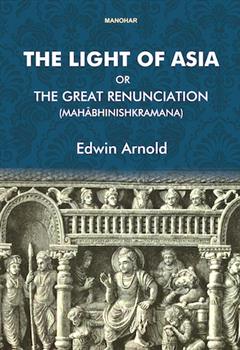History
Featured Products
A Sanskrit Reader: Text, Vocabulary and Notes
₹630.00
M.R.P.:₹ 750.00
You Save: ₹120.00 (16.00% OFF)
An Historical Sketch of Goa: The Metropolis of the Portuguse Settlements in India
₹401.50
M.R.P.:₹ 550.00
You Save: ₹148.50 (27.00% OFF)
The Commentary of Father Monserrate: On his Journey to the Court of Akbar
₹1,217.30
M.R.P.:₹ 1,295.00
You Save: ₹77.70 (6.00% OFF)
The Light of Asia or the Great Renunciation (Mahabhinishkramana): Being the Life and Teaching of Gautama, Prince of India and Founder of Buddhism
₹810.30
M.R.P.:₹ 1,095.00
You Save: ₹284.70 (26.00% OFF)
A History of India (Vol. III): From the Nehru Era to the Neoliberal Age (1947-2014)
₹1,571.25
M.R.P.:₹ 2,095.00
You Save: ₹523.75 (25.00% OFF)
A History of India (Vol. II): From the Break-up of the Mughal Empire to the End of Colonial Rule
₹2,129.05
M.R.P.:₹ 2,695.00
You Save: ₹565.95 (21.00% OFF)


